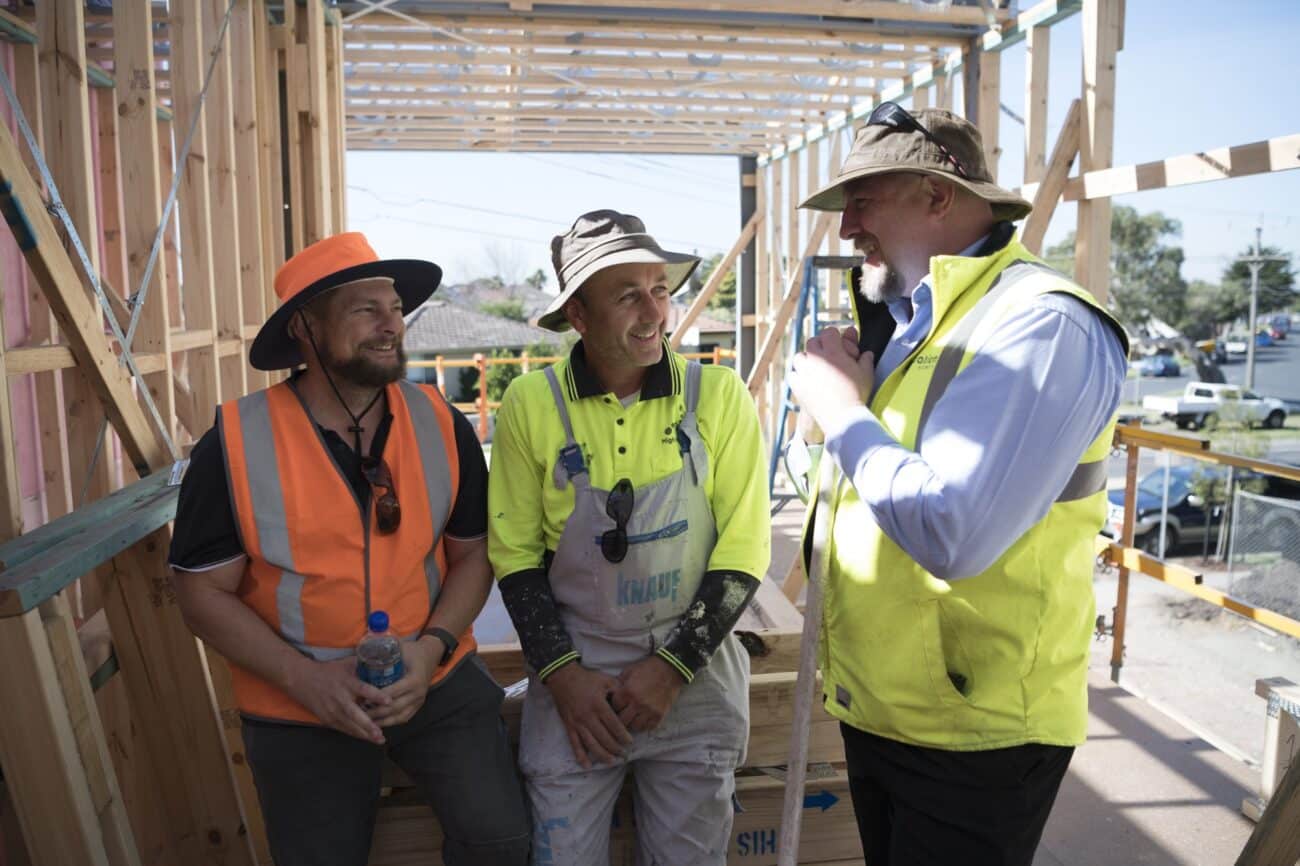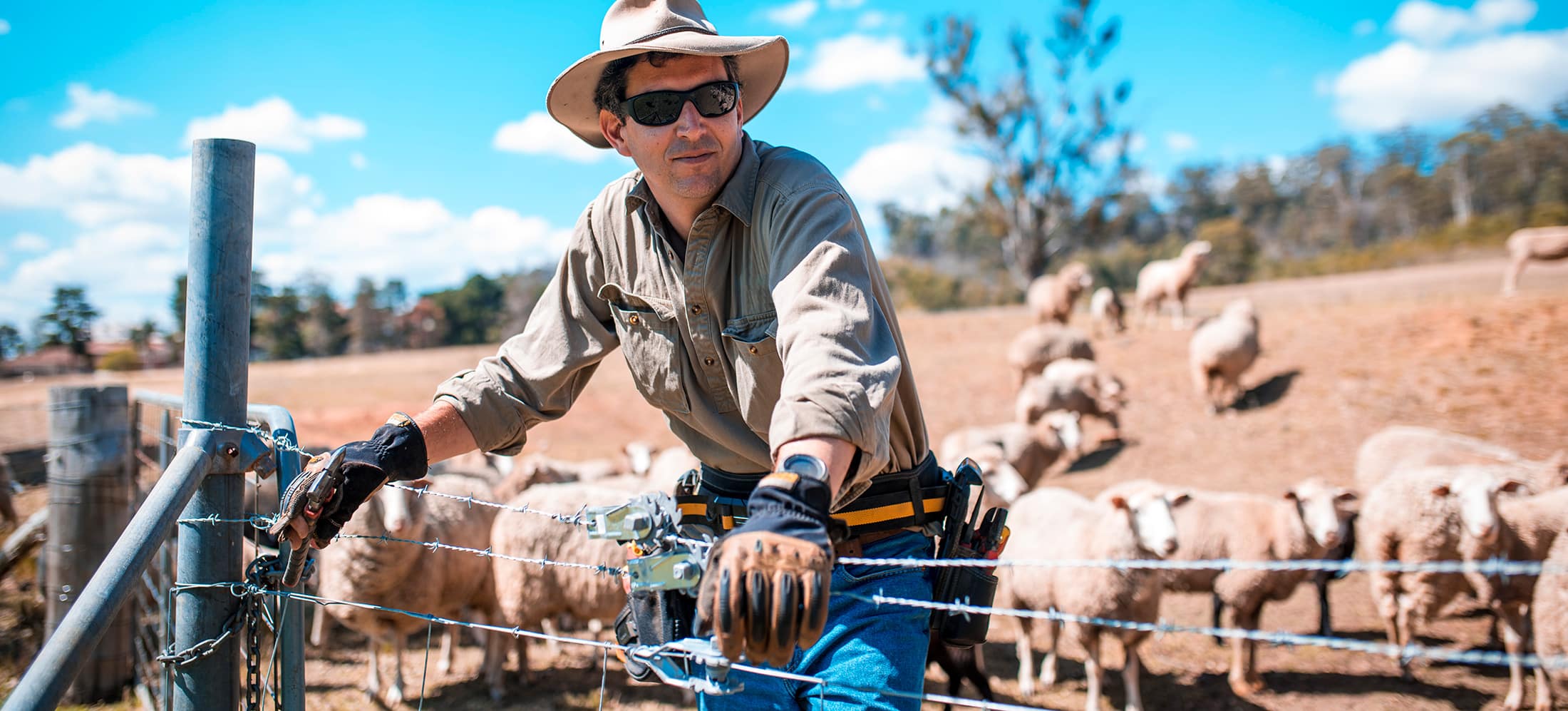Why SunSmart environments matter
Outdoor workers face a higher risk of skin cancer due to increased ultraviolet (UV) exposure, up to 10 times more UV radiation compared to indoor workers.
It has been estimated that each year, 200 melanomas and 34 000 non melanoma skin cancer diagnoses can be attributed to workplace UV exposure.
According to Safe Work Australia data from 2010/11 – 2018/19, over 1200 workers compensation claims for skin cancer were accepted, worth a total of $32.8m. This represents around 17% of all occupational cancer claims.
In Western Australia under the Work Health and Safety (WHS) Act 2020 (WA), workplaces have a legal obligation to provide a safe working environment which includes protection from UV related harm, minimising the risk of skin cancer.
UV radiation is classified as a Group 1 carcinogen, in the same risk category as hazardous substances like asbestos and tobacco.
In order to meet their legal responsibilities, workplaces should proactively address UV radiation as a workplace hazard and implement effective control measures to reduce the exposure of their workforce to UV radiation.


